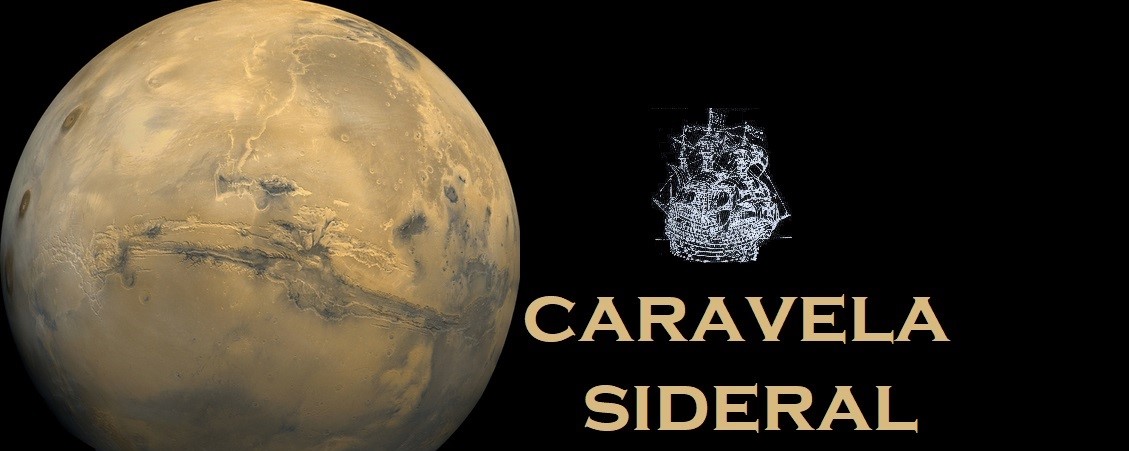 |
| ULTRASAT |
ULTRASAT is a project of Israel's Weizmann Institute of Science, in partnership with the Israel Space Agency, NASA's Jet Propulsion Laboratory and Space Systems Loral, among others.
It consists of a small satellite, about 100 kg, equipped with a Schmidt-type UV telescope, with a 33 cm aperture and a 50 cm mirror and a 210 square degree field of view, and a highly sensitive camera.
The aim is to study in ultraviolet, the death and transformation of giant stars into supernovae, as well as the huge black holes in the center of the galaxies, their masses and surrounding environments, and all the phenomena they can detect in real time, such as the absorption of stars by black holes, sources of gravitational waves and high energy neutrinos and variable stars.
The ULTRASAT should be placed in an almost geostationary orbit at high altitude and should be launched as a secondary cargo, coupled to a communications satellite of Space Systems Loral between 2020 and 2021.
ULTRASAT é um projecto do Weizmann Institute of Science de Israel, em parceria com a Agência Espacial de Israel, com o Jet Propulsion Laboratory da NASA e com a Space Systems Loral, entre outros.
Consiste num pequeno satélite, com cerca de 100 kg, equipado um telescópio UV tipo Schmidt, com uma abertura de 33 cm e um espelho de 50 cm e um campo de visão de 210 graus quadrados, e uma câmara fotográfica altamente sensível.
O objectivo é estudar em ultravioleta, a morte transformação de estrelas gigantes em supernovas, assim como os enormes buracos negros do centro das galáxias, as suas massas e ambientes envolventes, e todos os fenómenos que consiga detectar em tempo real, tais como a absorção de estrelas por buracos negros, fontes de ondas gravitacionais e de neutrinos de alta energia e estrelas variáveis.
O ULTRASAT deverá ser colocado numa órbita quase geostacionária, a grande altitude, e deverá ser lançado, como carga secundária, acoplado a um satélite de comunicações da Space Systems Loral, entre 2020 e 2021.
 |
| Explanatory cutaway of the ULTRASAT satellite. / Corte explicativo do satélite ULTRASAT. |
 |
ULTRASAT should be launched docked at a large communications satellite.
O ULTRASAT deverá ser lançado, ancorado a um grande satélíte de comunicações.
Images Weizmann Institute of Science |






























